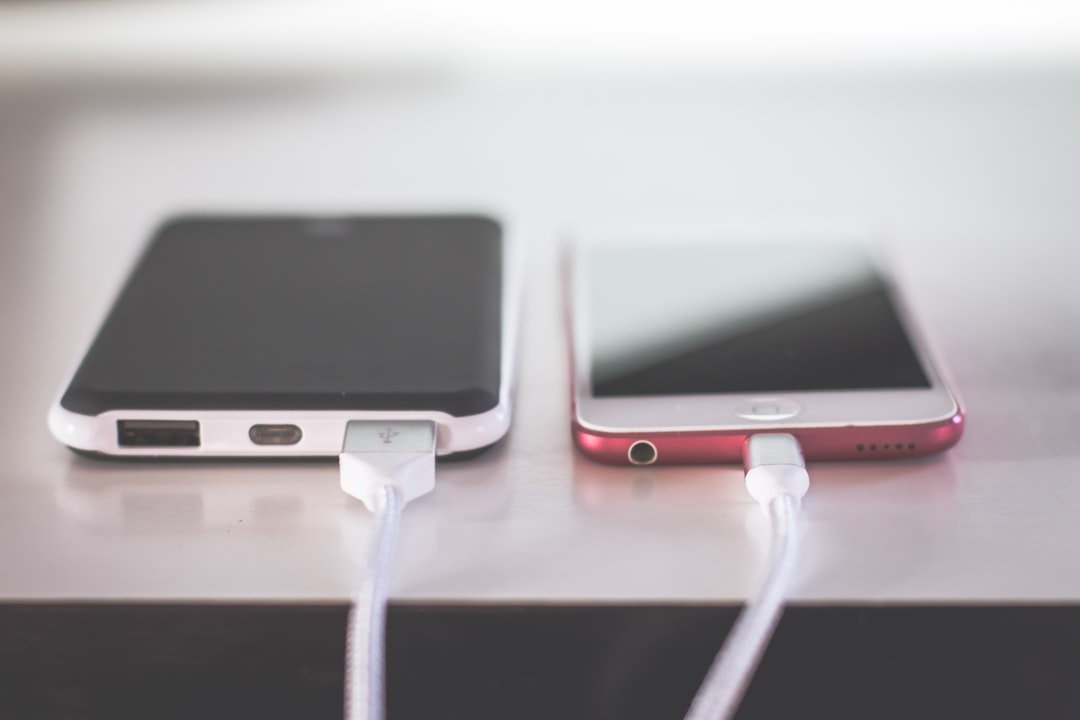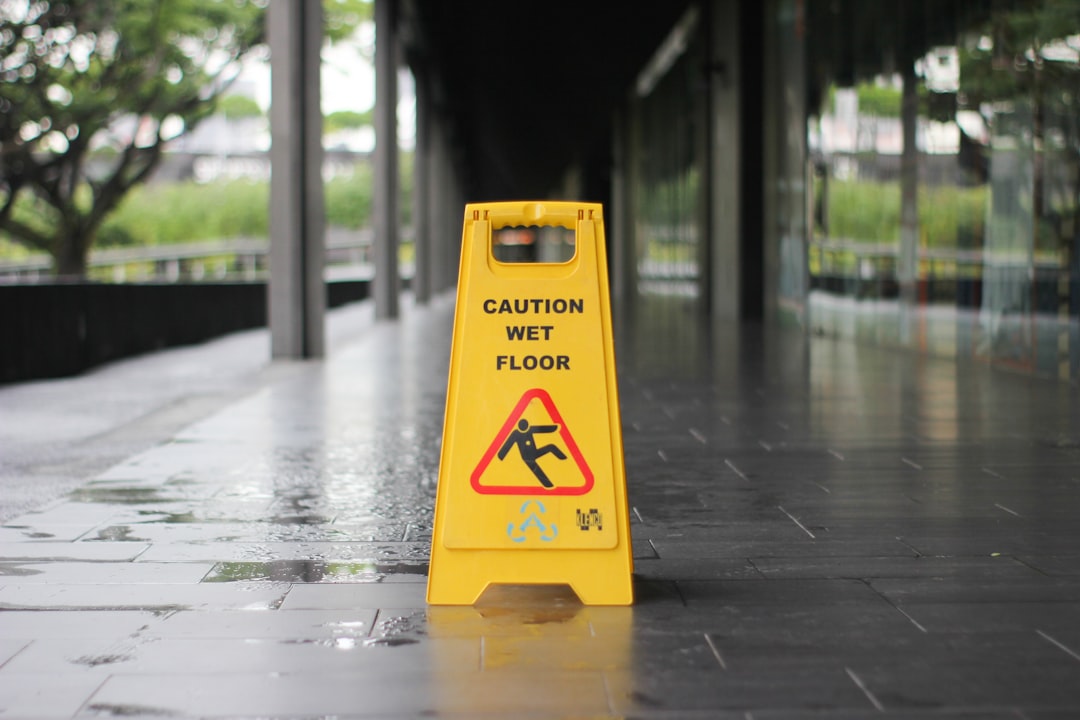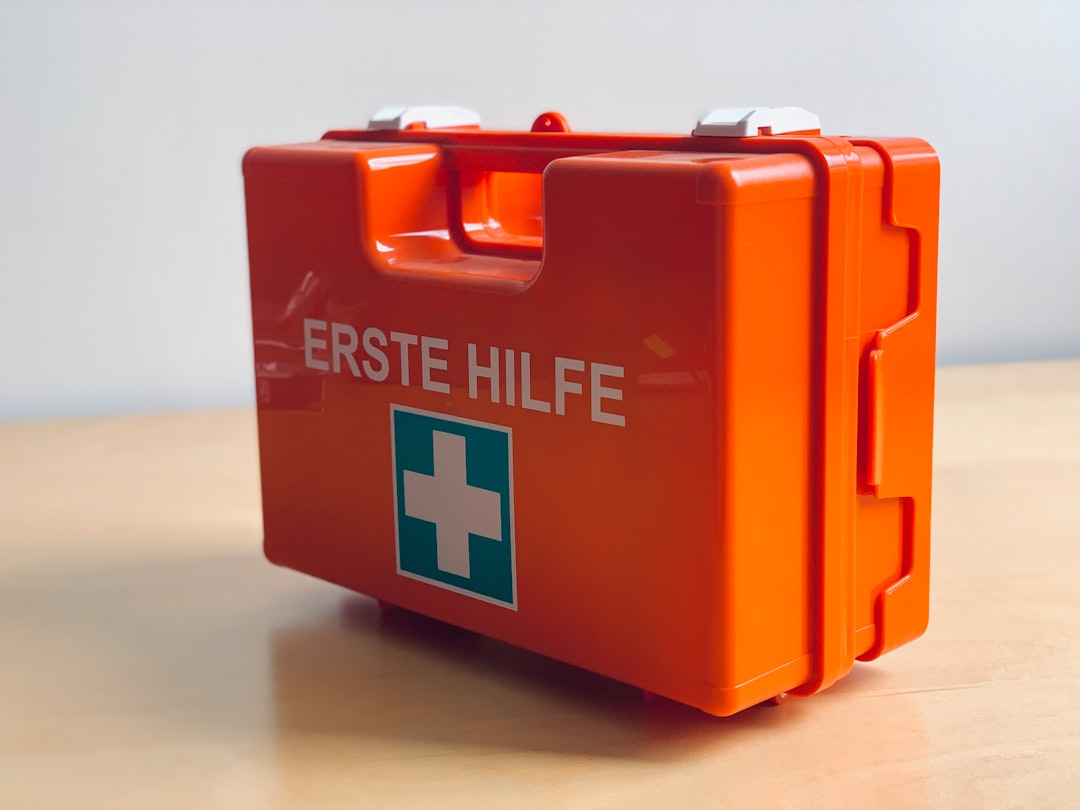A haunting story from a reading text in primary school told how a young boy, thirsty and tired from a long day on the farm, rushed home and drank a full bottle of kerosene. He thought it was water.
Let’s ignore the absurdity of not tasting or smelling the kerosene after the first drop touched his tongue, this story is an example of how accidents happen at home. You start out with the best intentions and end up with stitches, or worse.
We’ve written on toxic house cleaning agents, and shared some kitchen safety tips. But what about the other hazards that carelessly litter your house? How do you handle the health and safety risks in your home?
So, from fire to electricity, choking, and even poisoning, we’ll talk about specific hazards. We’ll also cover proactive and reactive safety measures to take, as well as general precautions for everyone to follow.
Burns
For a fire to start, you need three elements to come together. There has to be oxygen, fuel, and heat. So, to prevent or stop a fire, you need to take away at least one of these elements.

Safety measures
- Isolate flammable materials from heat. That means you need to store your gas cylinders outside the kitchen; place candles on metal, glass, or ceramic surfaces; and frequently check for gas leaks.
- Before tackling gas fires, make sure to switch off the flow of cooking gas from the cylinder. Apply the same rule to electric fires, kill the flow of electricity from the changeover switch before trying to put it out.
- Get fire extinguishers. ****You need different extinguishers for different fires. But for your home, I recommend the dry chemical extinguisher. It’s great for putting out fires on flammable solids (e.g. wood), liquids (e.g. cooking oil), and gas (e.g. cooking gas).
Electrocution
Accidents happen fast, and this quickness is more pronounced in cases that involve electricity. You see, electrical current travels faster than sound, and all it takes is an exposed cable, wet hands, and non-slippered feet.

Safety Measures
- Keep wet hands away from electrical appliances. It’s not that hard if you put your mind to it.
- Turn off the light switch before changing bulbs. That is so you don’t get any shocking surprises while you work.
- No DIYs. With electricity, DIY projects are strongly discouraged. Get qualified artisans to fix your electrical appliances; replace power sockets or light switches; change any preexisting electrical wiring, or install your own electrical wiring.
- If you think an electrician isn’t worth the hassle, switch off the electricity to your home from the changeover box, before fixing anything.
Poisoning
Here’s an alarming fact, every 15 seconds, one poison exposure is reported to US poison control centers. That might seem unreal, but poisoning doesn’t only happen when your village people come for you. Poisoning at home occurs when people get exposed to harmful substances or toxic chemicals. And this exposure can be through ingestion, inhalation, or even absorption through your skin.

Safety Measures
- “Store medicine out of reach of children.” Don’t let your mind file that away as a buzz phrase. It’s the difference between a bubbly baby and a frantic trip to the ER.
- Leave harmful substances in their appropriate containers and label everything. These days, cleaning products have fruity, floral scents. But that didn’t stop me from pouring dishwasher into the fry pan, while wondering why it wasn’t sizzling right.
- Proper ventilation when cleaning. Some cleaning products, when mixed produce toxic gases. But you can ensure your safety by letting air flow freely in your cleaning area.
Falls
Falls at home are quite common. Slipping on a wet floor, or tripping on a misplaced stool, can see you on the ground with some fractured bones. However, the days when sporting a cast meant you were too cool for school, are far gone.

Safety Measures
- Properly dry your floors after mopping or a spilling anything.
- Practice good house-keeping, i.e. keep everything in its proper place.
- Keep your cables away from your frequently traveled routes. Like the shortcut you take to the kitchen at 2am.
- Avoid moving around in darkness and keep your home well-lit. Especially around the aforementioned route.
Asphyxiation
Asphyxia is the inadequate supply of oxygen to the body because of abnormal breathing. Causes of asphyxia include choking on food, carbon monoxide inhalation, suffocation, or getting smothered in your sleep.
This lack of oxygen can cause nausea, dizziness, loss of consciousness, and even death.

Safety Measures
- Keep your generator set in a well-ventilated space, outside your living area.
- Ensure that your home is properly ventilated, with an ingress and egress point for good airflow.
- Learn how to give first aid to a choking person, and share those techniques with your friends and family.

General Precautions
- Always have a first aid kit, complete with anti-bacterial wipes, gauze, band-aids, pain relief medication, etc.
- Make your first aid box easy to find by storing it in a conspicuous, easy-to-access part of your apartment.
- Always have medication for common illnesses, like colds, diarrhea, headaches, etc.
- Inform the right people of any ailment you might have and the location of the medicine you need. E.g. Tell your flatmate(s) if you’ve got asthma, and where they can find your inhaler or a refill.
- Inform your Eden gardener of any allergies you might have. That way, they can make sure that your food, clean clothes, and tidy home do not trigger any.
- Use the emergency contacts feature on your phone to store the number(s) of anyone you want to be informed in case of an emergency. Or write down the numbers and keep them somewhere obvious.
It’s always better to prevent than to cure, but if you fail at preventing accidents, you need to learn to respond right. Take first aid classes, leave hazardous jobs for the professionals, and share this article to help as many people as you can.


